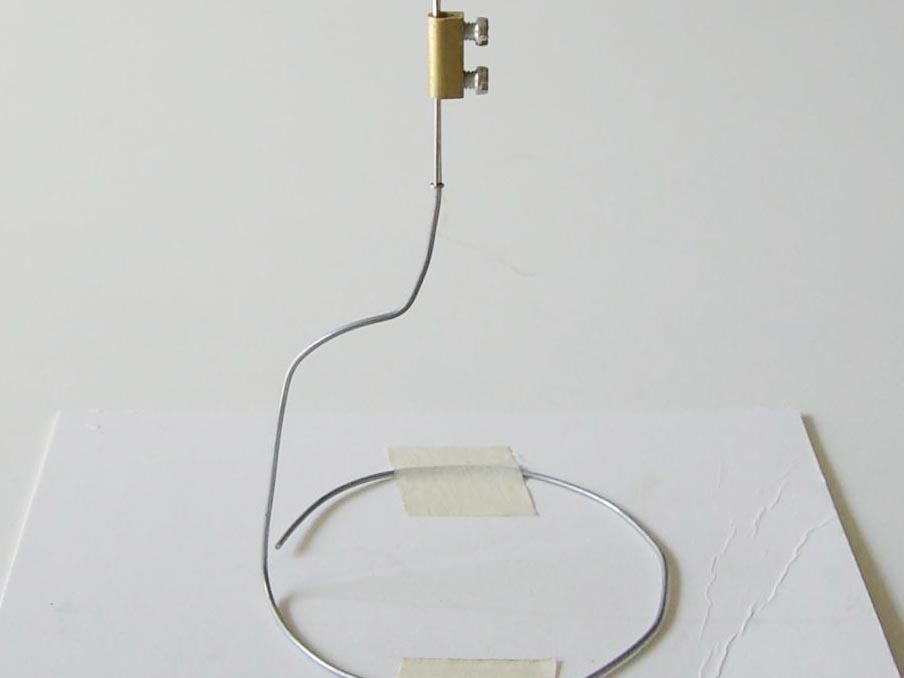The Chaos Computer Club’s Blinkenlights project in 2001 — which turned an office building in Berlin’s Alexanderplatz into the world’s biggest interactive computer display — inspired me to think and work on low-tech analog and mechanical screens.
Random Screen is a non-controllable, 4×4-pixel screen run by tea candles. Each pixel is a 5"×5" box made of cardboard, which is open at the back and closed with translucent film as a projection screen at the front. A modified beer or soda can is transformed into a kind of vent and driven by the rising heat from a tea candle, which also serves as a light source. A window is cut into the beer can, which casts the candlelight while turning at its individual frequency, like a lighthouse lantern. The brighter and bigger the candle flame, the faster the can turns to switch the designated pixel on and off. The light of each pixel fades smoothly in and out.





















